The secret agent who created the Karmann Ghia
It is late September, 1943, and the Nazis are destroying Naples. With the Allies advancing from the south and Mussolini set up in Northern Italy as a mere puppet of the Reich, much of the Italian population is being terrorized by a German occupying force. Things are especially bad in Naples, which has weathered heavy Allied bombing only to endure summary executions, heavy handed martial law, and forced labor. In the city, a young soldier named Luigi Segre is very angry. On September 27, he and his fellow Neapolitans rise up.
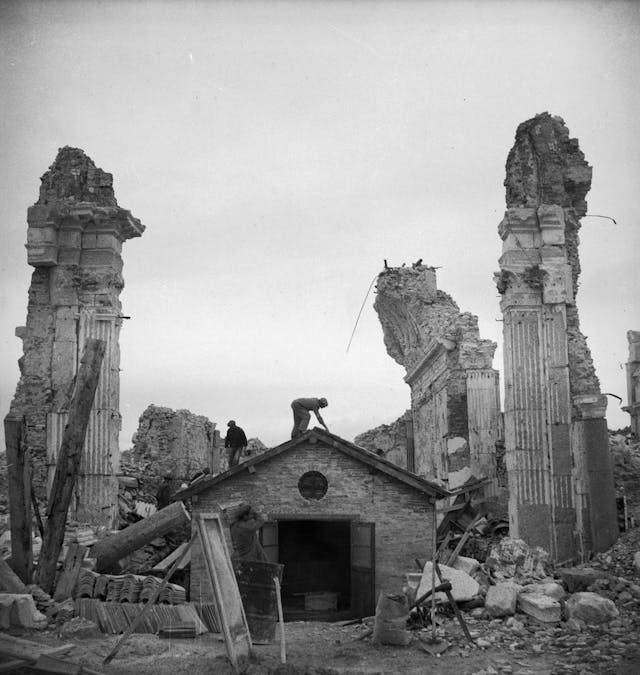
The Four Days of Naples isn’t widely remembered outside of WWII history-buff circles, but it should be. The courageous uprising prevented the German troops from destroying Naples, as ordered by Hitler, ahead of an Allied advance. The Nazis fled and, though Naples hardly escaped unscathed, the damage fell far short of the sweeping destruction the Nazis had planned. Allied soldiers arrived on the first of October, 1943. Luigi Segre went and found the American command. He told them he wanted to fight.
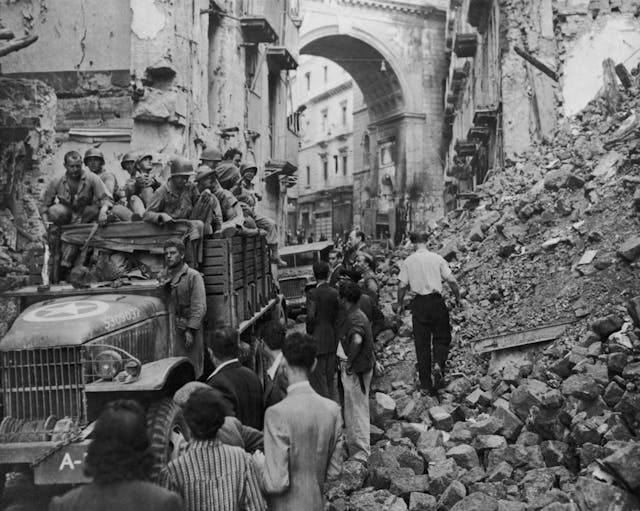
After a short period of training, Segre found himself being parachuted behind enemy lines. Dropped into the Piedmont region of Northern Italy—home to the great auto-making city of Turin—he became the liason between anti-Nazi Italian partisans and the Office of Strategic Services, the precursor to the CIA. Segre proved a courageous and effective asset. He learned English quickly. He earned the respect of his commanders. And, in the most unlikely way possible, he built the connections that would lead to him creating one of the most lovable and popular little coupes ever made: the Karmann Ghia.
Allied Command recommended Segre for his actions during WWII, which landed him with a place in university. He soon graduated with a degree in engineering. He went to work for Siata, an Italian tuning shop founded in 1926, where he worked on everything up to and including improving the performance of mopeds. That last task was more important than modern-readers might expect; during the post-war rebuilding period, the Italian moped market surged, and the competition for sales was vicious.
Segre was as brilliant and effective a salesman as he was a soldier. He took the little Cucciolo moped up and through the Swiss Alpine passes by way of proving its worth, accompanied by his friend and fellow adventurer Luigi Valenzano. Valenzano would go on to have a long career racing in everything from the Targa Floria to the 24 Hours of Le Mans, and he would be Segre’s codriver when the pair won their class at the 1949 and the 1950 Mille Miglia.

By the early 1950s, Segre was working at Ghia, in Turin. Owner Felice Mario Boana had initially brought Luigi on as a part-time employee, but soon recognized the young engineer’s skills. Segre’s commissions ballooned as orders poured into Ghia, and Boana promoted him to part-owner of the company. Boana remarked that he’d often send Segre on a mission to negotiate 10 million lira for a project, only to have him return with a signed contract for three times the amount.
Then, Chrysler came calling.
On a recommendation from Fiat, Chrysler looked to Ghia to help them create a series of Dream Cars that would elevate the brand. The first of these was the K-310, designed by Virgil Exner after his fractious departure from Raymond Lowey Studios. Having a much smaller budget than GM or Ford, Chrysler executives planned to fly over the head of Ghia for a meeting about subcontracting the building of prototypes. Because Boana spoke essentially no English, he brought along Segre.
The tall, lively Neapolitan immediately charmed the Chrysler brass, particularly Exner. Segre’s years as a OSS liason had polished his English and peppered it with Americanisms. He had great stories about the fighting alongside the Allies, and he and Exner freely exchanged ideas about streamlining and construction.
Ghia and Chrysler would embark on a long partnership, and Exner and Segre would remain friends. Both men were at the beginning of their careers and were eager to make names for themselves. However, Segre’s vision for more international partnerships differed from Boana’s desire to keep Ghia’s focus mostly local.
While attending the various motor shows of the period, Segre became familiar with Dr. Wilhelm Karmann Jr., heir to the Osnabrück-based coachbuilder that bore his family name. Though the details are lost to history, Karmann and Segre hit it off. (Perhaps it was just the tall Italian’s easy-going manner.) Whatever the case, Karmann had a proposal. His firm already had the contract for the Volkswagen Beetle Cabriolet. What about something that married the sensible economy of a Beetle floorplan with gorgeous Italian styling?
Segre said he’d think about it. In reality, the wheels were already turning. The proposal was made at a show in 1952, and Segre promptly made plans to obtain a Beetle and began working in secret, along with Boano. In the summer of 1953, he invited Karmann and Volkswagen executives to France to view a fully finished prototype.

Segre’s reasoning behind the secrecy was that he believed Volkswagen would turn down an idea supported only by sketches. In fact, VW had already turned down Karmann’s previous overtures. His plan worked: Volkswagen loved the little coupe and wanted it to go into production. The Karmann Ghia had been born.
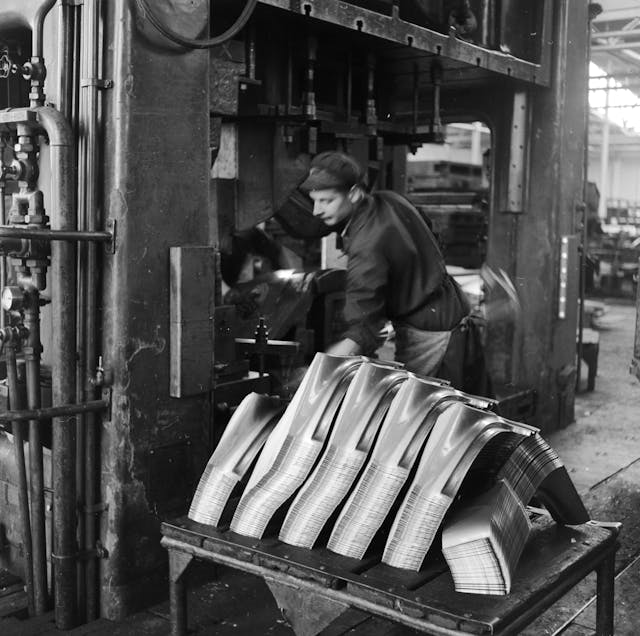
The Type 14, as the Karmann Ghia was known in VW circles, went into production in the late summer of 1955. Power was modest: The car was fitted with the same 36-hp, air-cooled flat-four as the Beetle. However, it was a stunner, with beautifully formed, hand-welded and -filled bodywork. The front end appeared to be a single piece, and the whole body displayed swooping elegance. It was also familiar.
The Karmann Ghia bore a striking resemblance to those early Chrysler dream cars. Virgil Exner’s son once remarked that the little car was “a direct, intentional swipe off the Chrysler d’Elegance.” However, he also added, “Nobody minded it. It was wonderful.”

If the bodywork had some familiar cues, they were an homage to Exner’s earlier work. Further, there is some evidence that Ghia’s contributions to the Chrysler show cars didn’t end with the building process but also extended to conversations about the details. At any rate, Exner and Segre remained firm friends after the Karmann Ghia’s debut. The Italian sent his American designer friend the first Karmann Ghia imported into Michigan.
The first cars are the most elegant, despite being referred to as “lowlights”: They earned the term simply for the lower position of their headlights as compared to that of later models. In 1958, a convertible version joined the coupe. For the 1960 model year, the headlights were raised.

(It’s also worth briefly touching on the Type 34, which was a similar Italian-styling-on-German-engineering idea, but underpinned by the VW Type 3 sedan rather than a Beetle. These were never officially sold in the U.S. market, and are rare and collectible. They’re sometimes confused with the smaller Type 14 Karmann Ghia.)
Later Karmann Ghias would eventually get VW’s 1600-cc engine, good for a whopping 60 hp. The car was still not even remotely quick: The fastest stock 1600 versions got from 0–60mph in 21 seconds.

The leisurely performance did not stop these two-doors from flying off the lots. VW sold 362,601 Karmann Ghias before replacing the model with the Golf-based Scirocco in 1974. The car proved a hit, especially in the U.S. market, helped by VW’s clever, self-deprecating advertising.
Today, an early Karmann Ghia is a sought-after collectible, with prices to match. A later model is more affordable, though prices have been on the rise since January of 2020. They’re a fun, mechanically simple way to get into the very active air-cooled VW community. If you’re looking for a sleek, air-cooled 2+2, but can’t swing a Porsche 911, maybe a slightly hot-rodded Karmann Ghia will fit the bill.

Luigi Segre lived long enough to see his idea become a lasting success. Even so, he died tragically early, succumbing to an unknown infection after kidney stone surgery in February of 1963.
But in those 43 years, Segre left quite a legacy. He fought to liberate first his city, and then his country. He steered a small Italian design firm into lasting international success. And he was a driving force behind the creation of a little car that is still loved today by thousands of people.

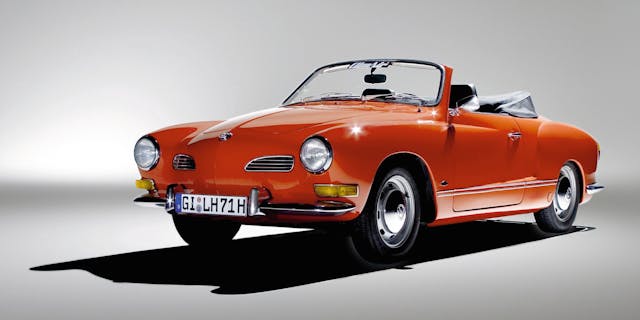
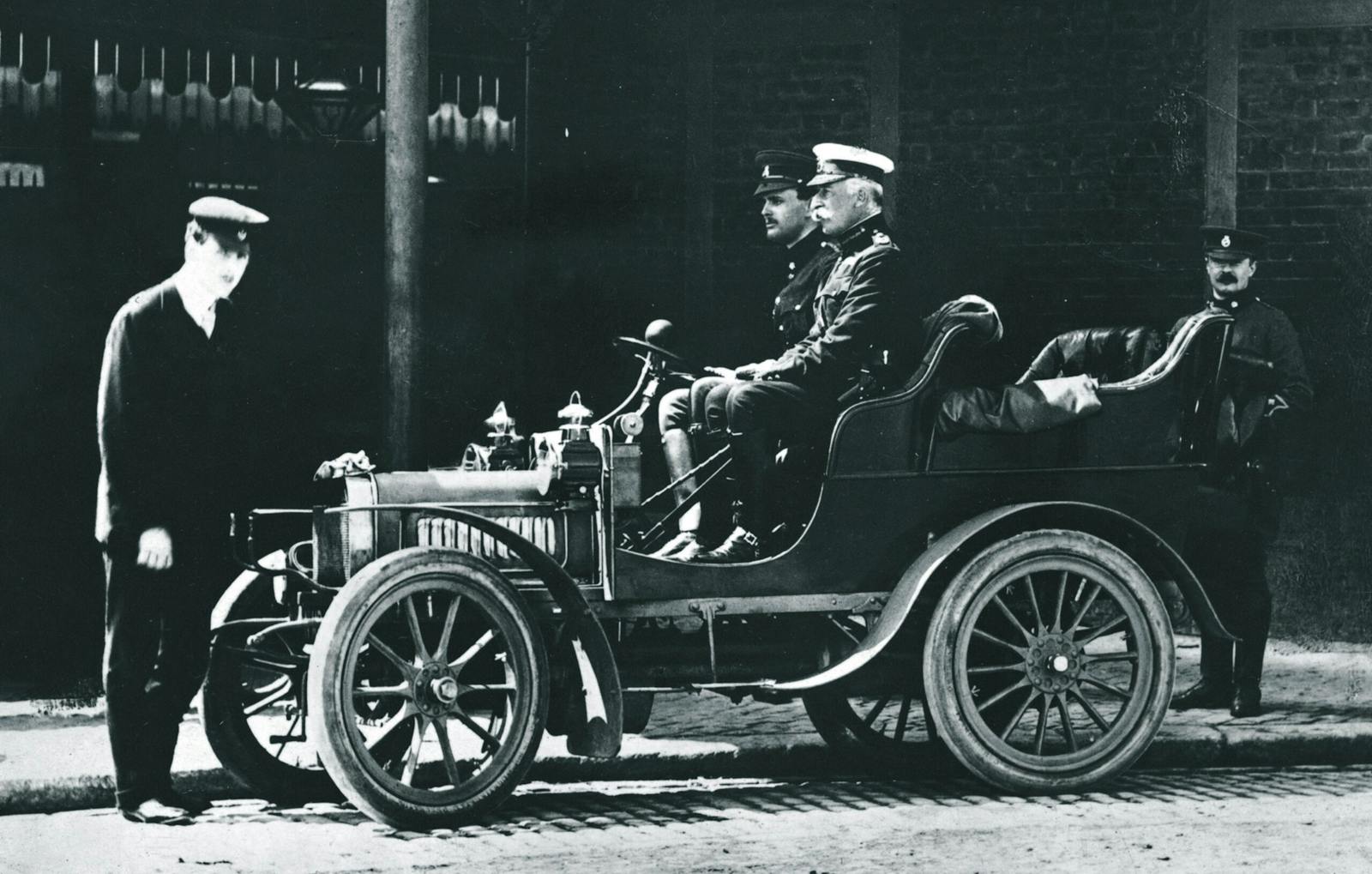
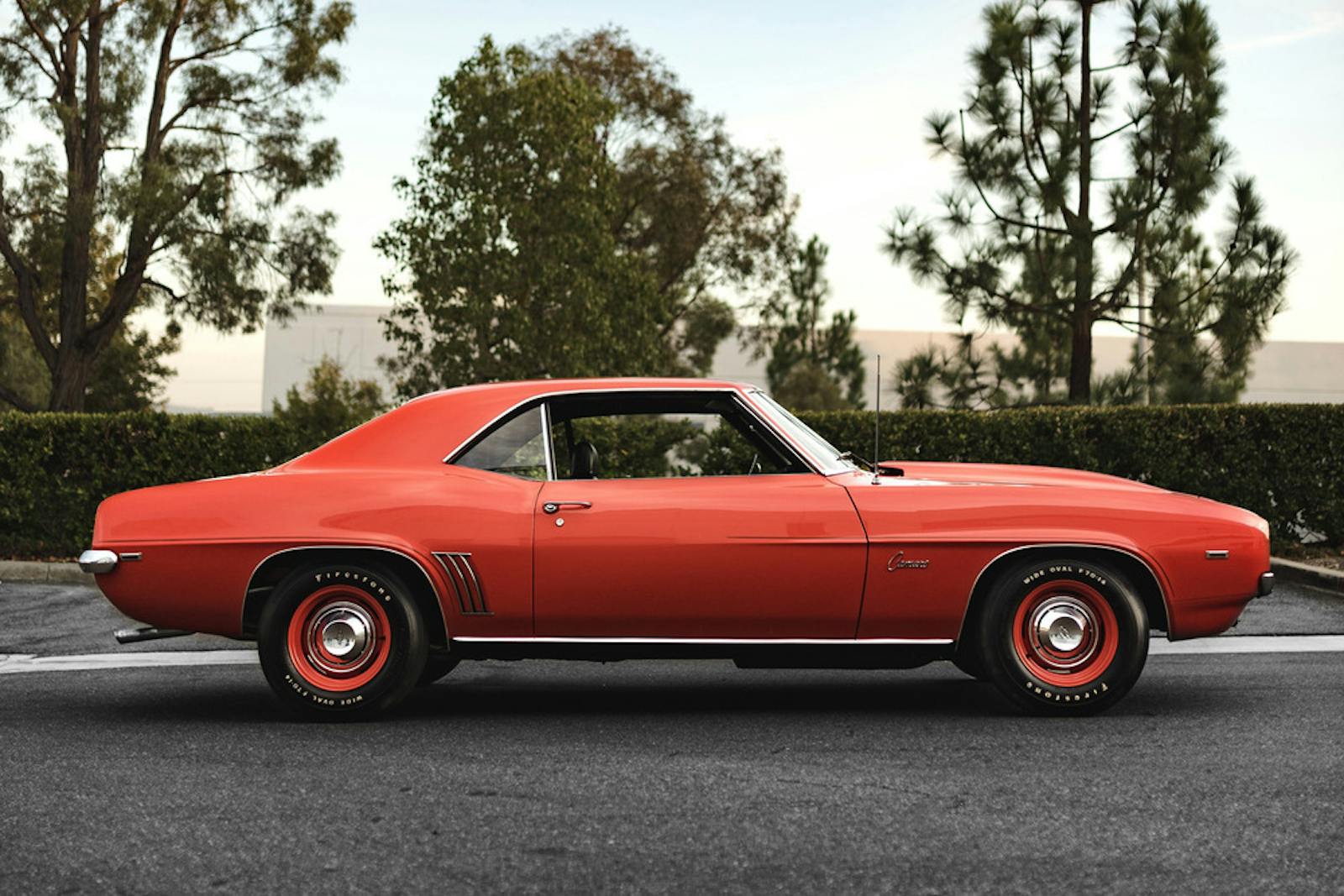
My Father purchased a ’58 Karmann Ghia cabriolet in 1963 from a used car lot in Manteca, California. In 1966 he turned the car over to me for my 16th birthday. I dated my high school sweetheart and we will celebrate 52 years of marriage this year. Sold my Ghia during my first year of college. However, today I own a ’58 Ghia cabriolet and ’59 Ghia coupe today. I love my Ghias. Thank you for sharing the Ghias history.
Hello, I have a 1971 Karmann Ghia that I modified “Cal Look”. I’ve been doing 70,000 nilles with her for 30 years. Leaving Trois-Rivières, QC in Canada, she went to Naples in Florida by the A1A, pulling a small motorcycle trailer to put the luggage. Great trip! Thank you Carmen, her nickname !!